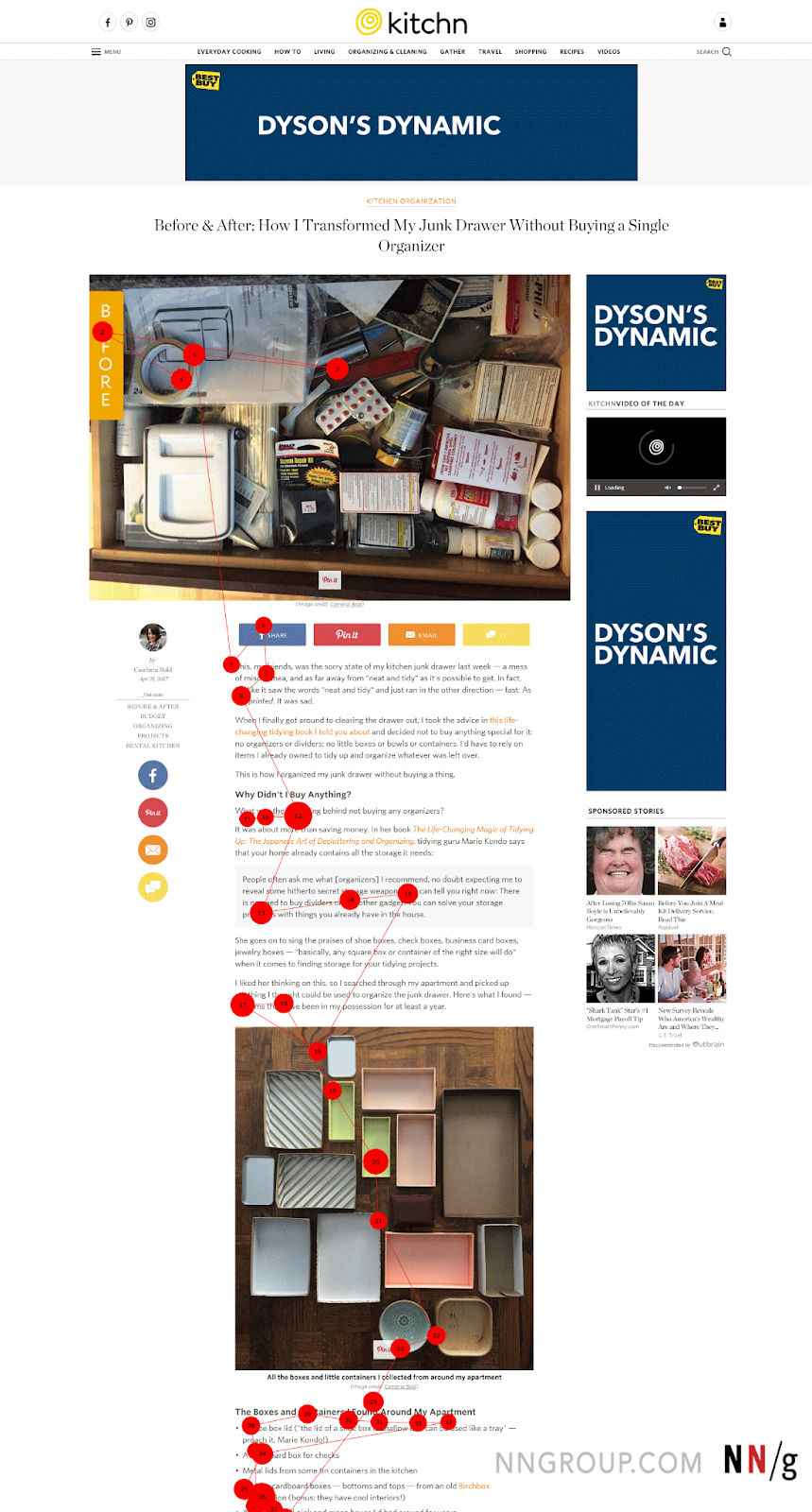Display Advertising: How to Effectively Utilize Display Ads in a Class Action Notice
With the large number of active class action cases, there is a strong need for effective notice plans. But what makes a plan effective? Rule 23(b)(3)1 of the Federal Rule of Civil Procedure states that “the court must direct to class members the best notice that is practicable under the circumstances, including individual notice to all members who can be identified through reasonable effort”. With this framework, Élan defines an effective plan as one that meets all the requirements of reach, geographic location, and/or any claims goal. To meet these requirements, plans must be built with an understanding of how each platform works and the value of impressions on each type of platform.
Social media, display, and online video advertising are among the most commonly used digital platforms in class action notice plans. Each type of platform can have a place in a digital notice plan, but in the case of display, it is crucial to understand that overreliance on the platform can do more harm than good in a notice plan. Display advertising is one of the most cost-effective in terms of cost-per-thousand impressions (CPM) compared to other digital media, but that doesn’t mean it's better.
Display advertising is generally based on contextual targeting, affinity audiences, direct placements, and/or keywords. With targeting in place, ads appear across mobile app and/or web placements, and typically, each time the ad is loaded on the screen, it is counted as an impression.2
Given the inexpensive CPMs, a display campaign can generate many impressions, which can be beneficial but not ideal. Why is that?
Say a display ad appears on the side of a news article, and the user scrolls down the page. That counts as an impression, but was the ad really seen? Did the user even read the ad? This phenomenon is known as “Banner Blindness”, as discussed in a 2018 Nielsen Norman Group article.3 They present evidence suggesting that “users have learned to ignore content that resembles ads, is close to ads, or appears in locations traditionally dedicated to ads”. This goes for ads on both web pages and apps. People are ignoring the ads that have been served to them in the same location for years, making the ad less effective.
These are the uncertainties associated with display advertising. Poor user engagement and lack of ad retention make display advertising less than ideal when considering where to spend the campaign’s budget, particularly when there is a claims goal associated with the notice.
So, what does this mean for class action advertising?
It means plans should not rely on the cheapest impressions and ads placed where people are more likely to ignore them. It means utilizing high-quality, targeted placements across a variety of platforms.
Using Facebook, Instagram, YouTube, Reddit, and other platforms with specific targeting and placements allows for ads to reach potential class members where they spend their time. These platforms allow for targeting based on interests and demographics, similar to display, but instead reaching engaged and active users on specific platforms, rather than less premium placements across websites and apps.
Those who spend their time on these platforms are more engaged and interact with ads, whether that is a comment, a click, or a share. Ads that appear on selected high-quality placements, such as feeds or stories, are harder to ignore compared to display ads on a webpage or gaming app. This does come at a higher price, and the goal is to reach class members; targeting users on high-quality platforms is the best way to do it, especially if there is a claims goal. Spending most of a campaign’s budget on display ads that receive few interactions and offer no place to comment or share is not efficient or effective.
The Case for Display
All this to say, it does not mean display ads don’t have a place in class action notices. Sometimes the targeting is so specific to a case that it has the best audience available among all platforms. However, including it in a plan means understanding that it supports the other media; it doesn’t replace the need and importance of high-quality, specific placements across social media platforms. Display ads should be used to expand reach beyond select platforms, but they should not completely satisfy a reach goal on their own, given the lower quality of impressions they garner.
Quality claims driving plans are always going to be more expensive; that is a fact. So it shouldn’t be surprising when cheap, low-quality plans relying heavily on display impressions are executed and gather little to no claims. Even within reach campaigns, effective reach means utilizing a variety of platforms, not spending most of the budget on display.
Cost is a factor in choosing notice plans, and Élan understands that it is often the deciding factor. That is not going to change, but we want counsel and judges to look critically at media plans and how the budget is allocated. Just because a plan offers millions of impressions for a low cost, it doesn’t mean that those impressions are the best. Look for plans with platform diversity and an emphasis on quality over quantity when it comes to impressions.
Display advertising can be a useful tool in a class action notice, but the plan shouldn’t rely solely on this one tactic. A good plan includes a variety of platforms to reach potential class members where they spend their time. Understanding that display ads are not the best ads available can help determine which notice plan offers the best results, whether the goal is claims or reach. Even though plans that don’t rely on display ads are typically going to be more expensive for fewer impressions, the quality of the impressions outweighs the low cost associated with display ads.
Are you looking to effectively reach potential class members? Contact Élan today.
References
1. https://www.law.cornell.edu/rules/frcp/rule_23
2. https://support.google.com/admanager/answer/2521337?hl=en
3. https://www.nngroup.com/articles/banner-blindness-old-and-new-findings/

